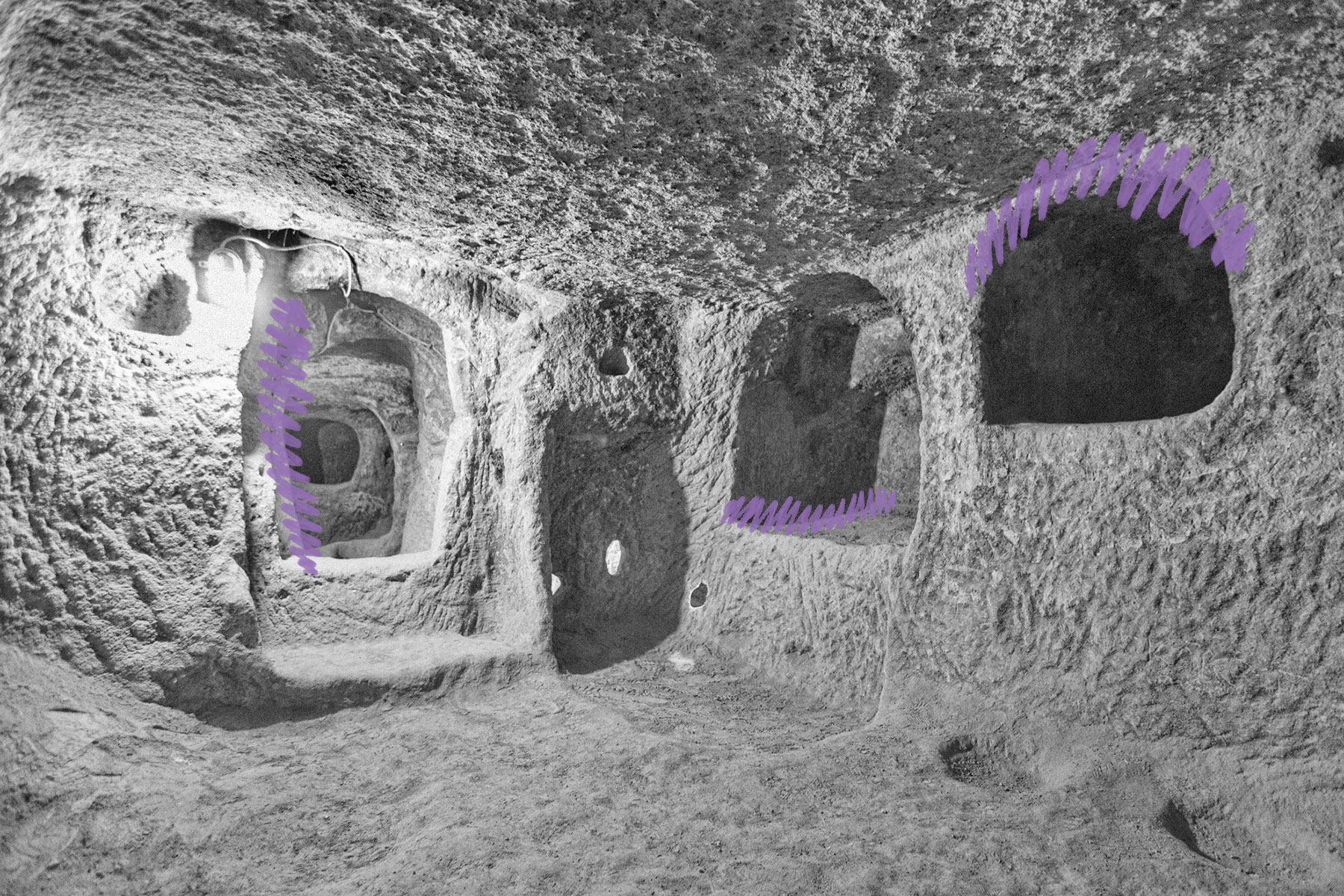The world’s largest underground city housed more than 20,000 people.
Building an 18-level underground city may sound like the project of an advanced future society, but the world’s largest underground metropolis was actually constructed around 1200 BCE. The ancient subterranean city of Elengubu, now called Derinkuyu, lies in the semi-arid region of Cappadocia in modern-day Turkey. Tourists can meander tunnels and walk among subterranean rooms, stables, schools, wineries, and even a chapel — all underground. At its peak, during Islamic raids on the Byzantine Empire in the seventh century, Derinkuyu housed up to 20,000 people.
While the origin of the site remains a mystery, experts theorize that the Hittites, a superpower of the Bronze Age, likely built the first few levels while under attack from the Phrygians, who expanded the project when they moved into Central Anatolia after the Hittites’ collapse. Although the Phrygians were skilled architects, the surrounding landscape also aided in this ambitious construction effort. Due to the area’s semi-arid nature, Cappadocia’s soil is easily malleable and its rock easily moldable. Three volcanoes — Mount Erciyes, Mount Hasan, and Mount Melendiz — formed the region millions of years ago, and the pyroclastic material found in the area could be carved with simple tools and little effort. Today, for 60 Turkish lira (about $2), visitors can once again descend into this subterranean world and experience life underground.















